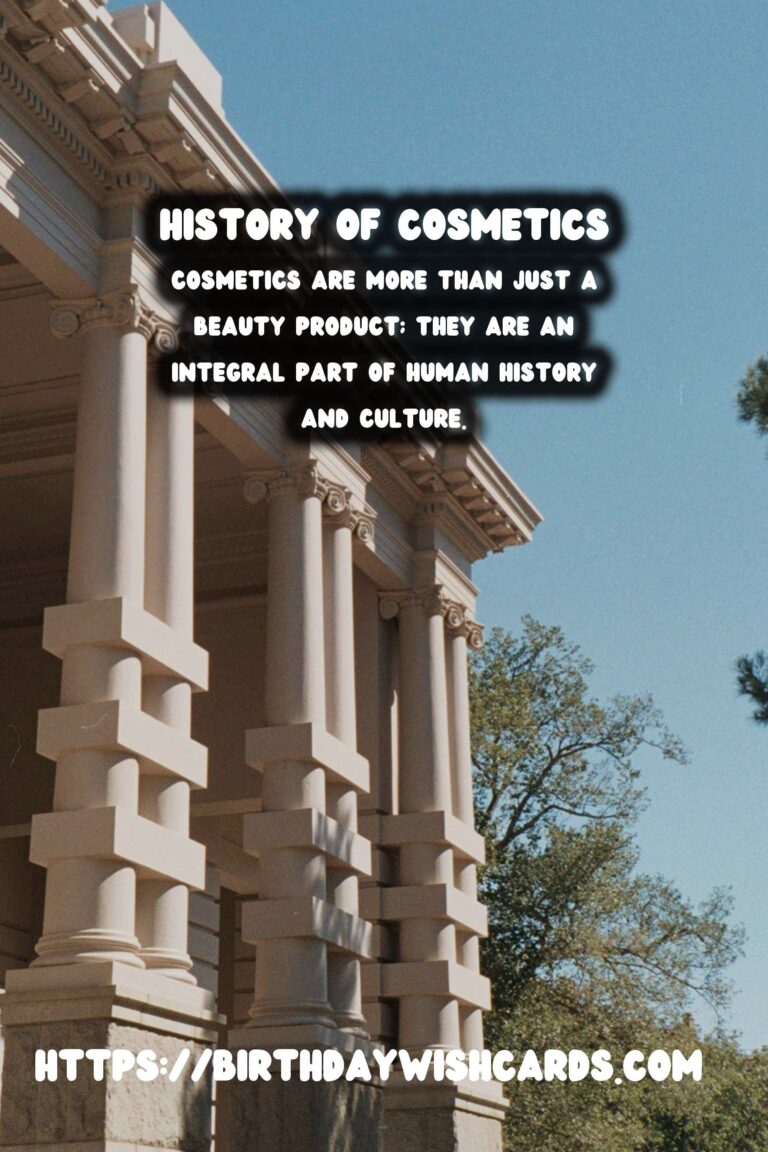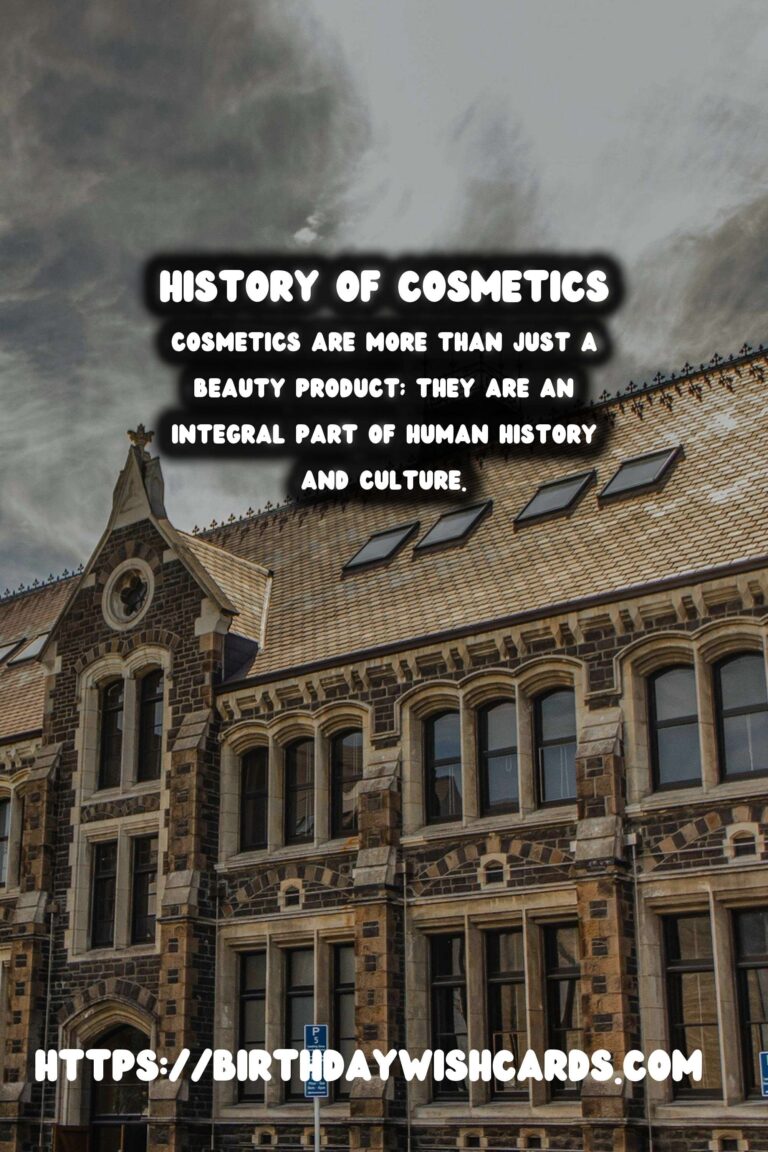
Cosmetics are more than just a beauty product; they are an integral part of human history and culture. Their uses and significance have evolved over centuries, reflecting societal changes, technological advancements, and shifting ideals of beauty. This article explores the fascinating journey of cosmetics from the ancient civilizations of Egypt to the grandeur of the Roman Empire.
Cosmetics in Ancient Egypt
Ancient Egypt is often credited as the birthplace of cosmetics. The Egyptians were pioneers in using cosmetics not only for aesthetic purposes but also for their perceived health benefits and religious significance. Both men and women in Egypt wore makeup as a display of wealth and status. Cosmetic use was also associated with spiritual well-being and protection against evil.
Kohl, a black powder used to line the eyes, was one of the most iconic and widely used cosmetic products in ancient Egypt. It was made from galena, a lead-based mineral, and was believed to protect against eye diseases and the harsh desert sun. Another popular ingredient was malachite, a green mineral used as an eye shadow, which symbolized the gods Horus and Ra.
Cosmetics Ingredients and Innovation
The Egyptians utilized a variety of natural ingredients in their cosmetics, sourced from plants, minerals, and animal fats. Oils and unguents were extensively used for skincare, employed daily to keep skin supple in Egypt’s arid climate. Fragrance played a significant role, with perfumes being made from almond oil, myrrh, and other aromatic herbs.
In addition to personal beauty, cosmetics had a sacred aspect, used in burial rituals and to honor the gods. Makeup containers and applicators such as mirrors and palettes, discovered in tombs, reflect their importance and the refined craft of Egyptian artisans.
Transition to the Roman Empire
As we move from Egypt to the Roman Empire, the use and perception of cosmetics underwent significant transformations. Rome, influenced by the Greeks, integrated cosmetics into daily life, leading to the commercialization and broader societal acceptance of beauty products.
Cosmetics in Rome signified social status and wealth. The Romans were heavily influenced by Egyptian practices but expanded their cosmetic repertoire, emphasizing the social and political importance of appearance in their sophisticated society.
Roman Cosmetic Practices and Innovations
Romans placed a premium on appearance, and cosmetics became a daily ritual for both men and women. The wealthy classes, in particular, delighted in elaborate makeup routines to display their opulence. They used white lead to achieve pale skin, a symbol of the leisure class, while rouge made from red iron oxide was applied to lips and cheeks.
Roman innovations in cosmetics included the use of powdered chalk and therapeutic skin creams made from animal fats and starch. They were pioneers in bath culture, using fragrant oils and perfumes as part of their extensive and sophisticated bathing rituals.
The Cultural Significance of Cosmetics
In both ancient Egypt and Rome, cosmetics were more than mere beauty enhancers; they represented cultural values, social hierarchies, and religious beliefs. They tell a story of human creativity, the quest for beauty, and societal evolution.
The legacy of these ancient cosmetic practices continues to influence modern-day beauty standards and products. From eyeliners and skin moisturizers to perfumes and bath rituals, the ancient world has left an indelible mark on our perceptions of beauty and self-care.
Cosmetics have journeyed through time, transforming and adapting to fit the needs and ideals of different eras. This enduring connection between past and present underscores the timeless nature of beauty and the universal human desire to enhance personal appearance.
Cosmetics are more than just a beauty product; they are an integral part of human history and culture. Ancient Egypt is often credited as the birthplace of cosmetics.
#CosmeticsHistory #AncientBeauty

